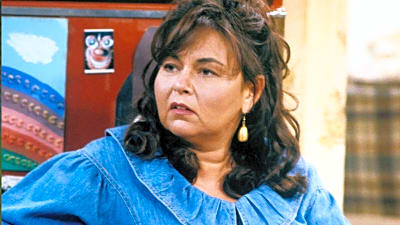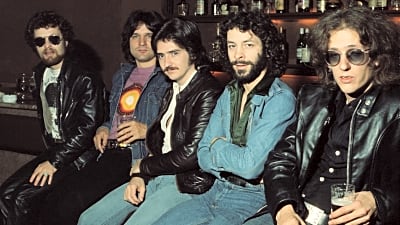We tend to watch a lot of sci-fi movies, traditionally the nerdiest of the nerdy cinematic pursuits. Almost across the board, these movies will have enormous computer-generated spaceships, monsters, and superheroic shenanigans. It’s part of the fun! These effects are usually very easy to spot. I can’t imagine most people will be under any assumption that, for example, the Millennium Falcon chasing TIE Fighters was shot entirely for real. But what most people don’t realize is that, even among those effects sequences, you’ll see dozens if not hundreds of “hidden” effects elements that enhance the experience. That’s the real movie magic.
In a recent Vanity Fair video, Industrial Light & Magic’s compositing supervisor, Todd Vaziri, breaks down his often unnoticed art in blockbuster movies.
It’s really fascinating to hear him discuss the additive elements of already elaborate VFX work. Like, the fact that he had to add all those swirling sand effects during the Jakku chase in The Force Awakens is one thing. Adding a tiny little image of Rey in the cockpit of the Falcon is entirely another. But, while you might not notice those, your brain does. It all helps sell the magic trick.
We also see Vaziri discuss manipulating physics for the purposes of making a scene, or shot, or moment, work better. The instance of the Enterprise rising from beneath the sea at the beginning of Star Trek Into Darkness is so much more intricate than merely seeing water fall off the ship. It has to fall in a way that looks the best. To do that, it meant tricking the digital simulation to behave the way it wouldn’t normally.
I guess that’s why roughly 1900 VFX people work on every movie, eh? It’s all for the greater cinematic good.
Kyle Anderson is the Senior Editor for Nerdist. He hosts the weekly pop culture deep-dive podcast Laser Focus. You can find his film and TV reviews here. Follow him on Letterboxd.
More must-reads:
Customize Your Newsletter
 +
+
Get the latest news and rumors, customized to your favorite sports and teams. Emailed daily. Always free!







